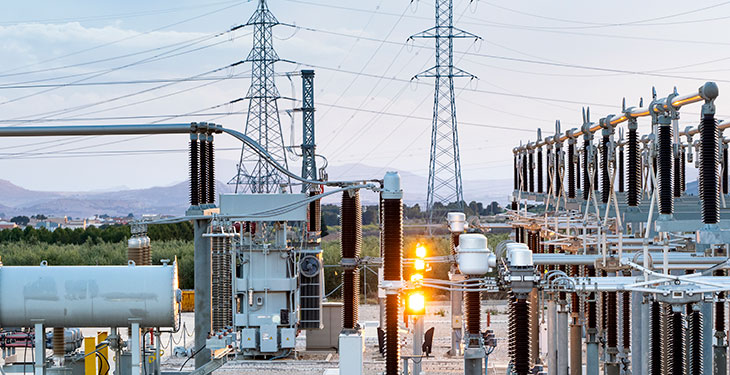The National Integrated Energy and Climate Change Plan (PNIESC) will not be adopted by the Government until June 30, as stipulated in the Energy Union Governance Regulation, said Elena Popescu, deputy general director of the Energy Policy and Green Deal Directorate within the Ministry of Energy, according to Agerpres.
“We have the National Energy Climate Change Plan, with its revision, which must be adapted to the new targets established by the Green Deal package. We have the Hydrogen Strategy, which is a milestone in the PNRR and somehow tries to be as realistic as possible, or we try, at least in the activity in our work with consultants and with DG Reform, we are trying to finally have a strategy adapted to the realities in Romania, to the ambitions that we have established through the National Energy Climate Change Plan. We have received the recommendations of the European Commission in which it is always argued that we are not ambitious enough, so the pressure is on and we are trying to revise and reshape the National Integrated Energy, Climate Change Plan. We want to have a revised text of the Plan by the end of April. We have to let’s be realistic and communicate exactly how things are: we will not have a PNIESC adopted by Government Decision on June 30, as the Governance Regulation of the Energy Union stipulates that we should hand it over. What we want to have by that date is a final text that is at an advanced stage of strategic environmental assessment. As you know, the strategic environmental assessment procedure is a lengthy procedure. It goes through all the procedures of debates and analyzes by the consultants who work in the Ministry of the Environment. When we have the environmental opinion, only then will we be able to adopt the revised PNIESC through a Government Decision,” said Popescu.
The representative of the Ministry of Energy mentioned that, in the segment of renewables, “it is unlikely that we will reach 41%” from the 36.2% currently in PNIESC.
“Regarding this transition and as reflected in the National Integrated Plan, Romania has assumed an ambitious goal for the long-term strategy of climate neutrality until 2050. This commitment is assumed at the political level, but when drafting the PNIESC all the ministries responsible for the implementation of policies in the economic sectors, naturally they look very carefully and they assume what they can do until 2030. In the last month, the communication of the European Commission regarding the targets for 2040 also appeared. I can say that it is a process of debate with the other ministries. If we refer to the target on renewables, which is the most discussed, here in PNIESC it is 36.2% and we are trying to increase it through this remodeling that we are doing based on the Commission’s consultations and recommendations. I am telling you with in all honesty, it is unlikely that we will reach 41% as it emerges from that much-discussed formula, attached to the Directive. For the decarbonization transition process, we will use the sources available to Romania, because we are a country with potential in an energy mix balanced and we are also moving towards decarbonisation. We know that gas is a component that is in great discussion at the moment. We maintain, being a state that has its own source of natural gas, on which the states in our neighborhood also rely, that it will continue to be part of this decarbonization process and especially in the process of replacing coal capacities,” added Elena Popescu.
